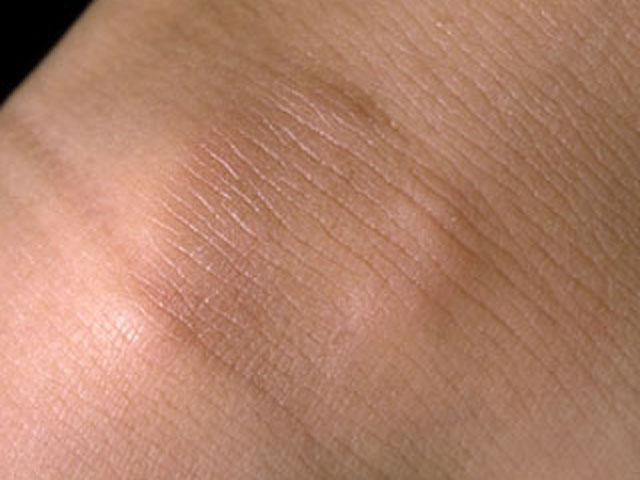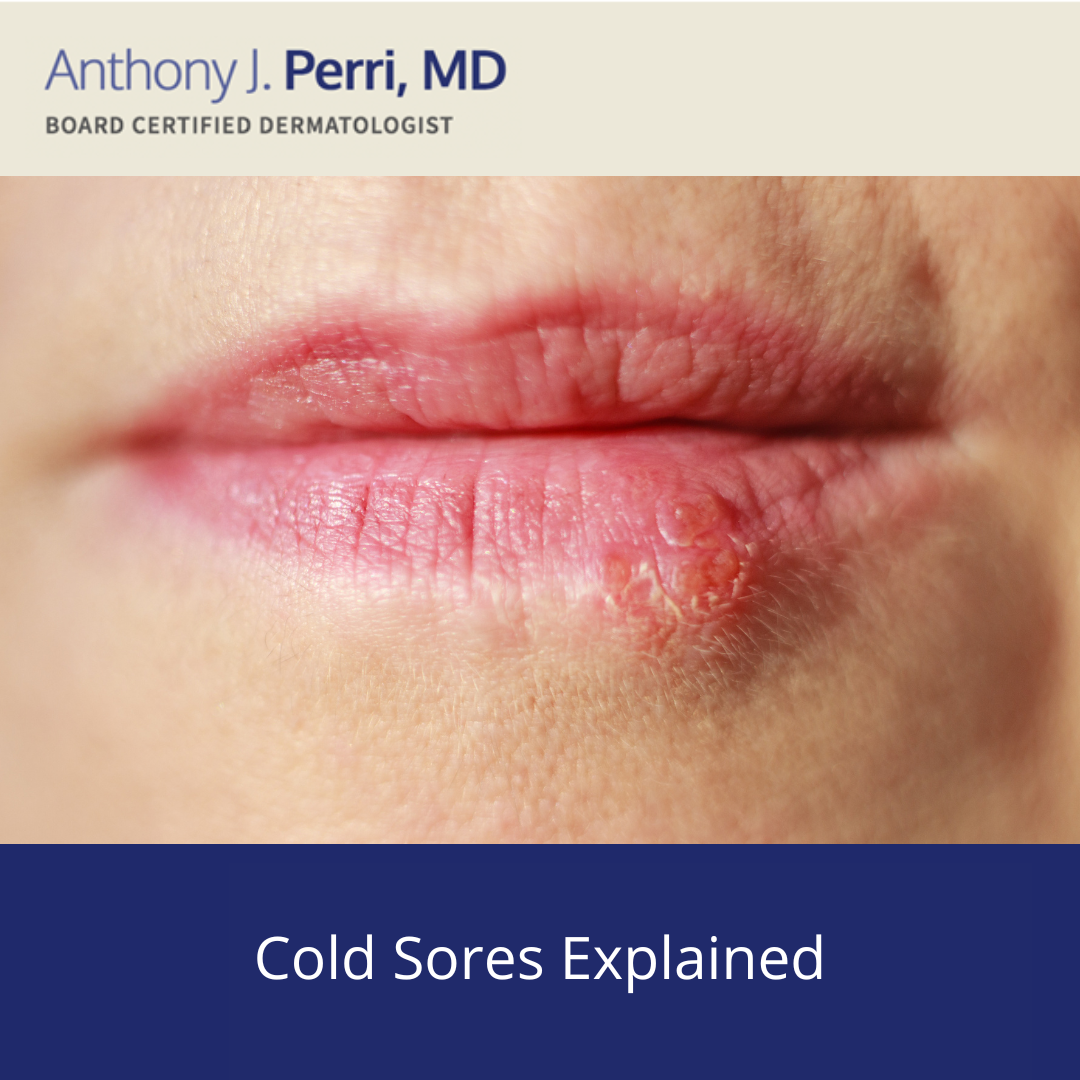Subcutaneous Granuloma Annulare, also called Deep Granuloma Annulare, is most common in children and I encounter this form of Granuloma Annulare in both my The Woodlands dermatology and Conroe dermatology offices. Subcutaneous Granuloma Annulare typically appears between one year of age and adolescence and is more common in boys. The skin lesions in Subcutaneous Granuloma Annulare appear as flesh colored nodules since the disease process is deep in the subcutaneous layer (fat layer) of the skin which is the 3rd layer and is far enough below the epidermis and dermis that color changes are usually not observed. The most common site affected by Subcutaneous Granuloma Annulare lesions are the lower legs but the scalp and upper extremities can also be affected. The lesions are usually asymptomatic and can be several centimeters in size. Most patients with Subcutaneous Granuloma Annulare typically have a history of trauma to the area prior to the development of lesions. Most Subcutaneous Granuloma Annulare lesions resolve over a few years. There is no increased morbidity with Subcutaneous Granuloma Annulare but some patients undergo a connective tissue disease diagnostic workup for Rheumatoid Arthritis as the lesions of Subcutaneous Granuloma Annulare can mimic Rheumatoid Nodules.





